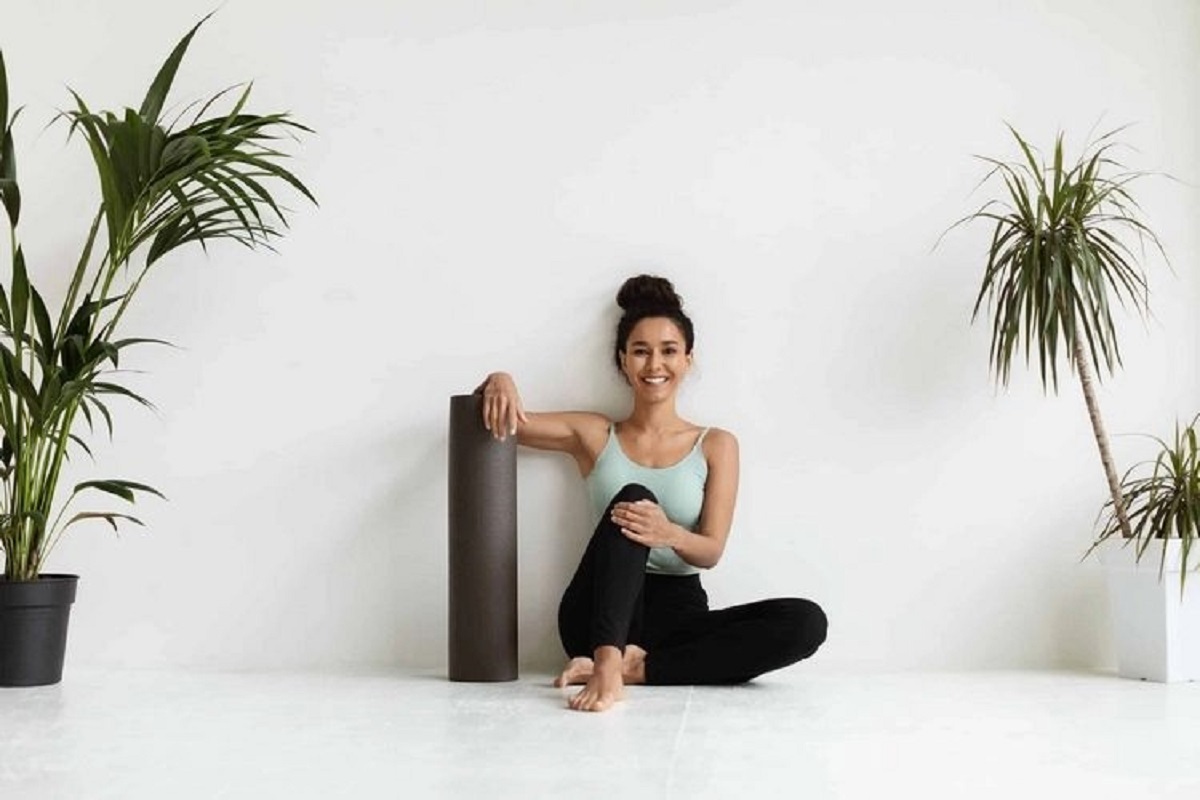Introduction
In recent years, wall pilates has emerged as a highly effective workout method that blends traditional pilates principles with the innovative use of wall space. This unique exercise technique is designed to enhance core strength, flexibility, balance, and overall body awareness. Whether you’re a beginner or an experienced fitness enthusiast, incorporating wall pilates into your routine can yield impressive results.
Wall pilates utilizes the wall as a support tool, allowing practitioners to maintain proper alignment while performing a variety of exercises. This approach not only aids in building strength but also in improving posture and flexibility. In this comprehensive guide, we will explore the core concepts of wall pilates, the myriad benefits it offers, various exercises you can try, and tips for maximizing your practice. Furthermore, we will cover how wall pilates can cater to individuals of all fitness levels, making it an accessible choice for everyone. By the end of this article, you will understand why wall pilates is an invaluable addition to any fitness regimen.
The Fundamentals of Wall Pilates
To begin, let’s delve into the fundamentals of wall pilates. At its core, wall pilates focuses on using the wall as a supportive structure during your workout. This strategy helps to encourage proper alignment throughout the movement, especially for beginners who may struggle with balance and form.
1. Supportive Structure
The wall provides a reliable support system, allowing individuals to maintain correct posture while simultaneously engaging their muscles. This is particularly beneficial for those who are new to pilates or have limited experience with traditional exercises, as it offers a safe way to build confidence and stability.
For instance, during exercises like wall squats or leg lifts, your back can rest against the wall, helping you keep your spine aligned and reducing the risk of injury. Therefore, using the wall as a tool can effectively enhance your overall training experience.
2. Enhanced Core Engagement
Wall pilates naturally encourages greater core engagement. Many exercises challenge the core in new and innovative ways by requiring participants to stabilize their bodies while pushing against the wall. Consequently, practitioners can develop a stronger and more resilient core over time.
Furthermore, this focus on core stability carries over into other physical activities, improving your performance in sports, daily tasks, and even posture. By regularly incorporating wall pilates into your routine, you can achieve a well-rounded level of strength.
3. Alignment and Posture
Maintaining proper alignment is a fundamental principle of pilates, and wall pilates emphasizes this aspect. The wall serves as a visual and physical guide, encouraging individuals to be mindful of their body positioning. For example, it reminds practitioners to keep their shoulders down, spines straight, and pelvis neutral during exercises.
This emphasis on alignment not only helps improve strength but also fosters better postural habits outside of workout sessions. Through consistent practice, you will notice improvements in posture throughout your daily life, reducing the risk of pain and discomfort over time.
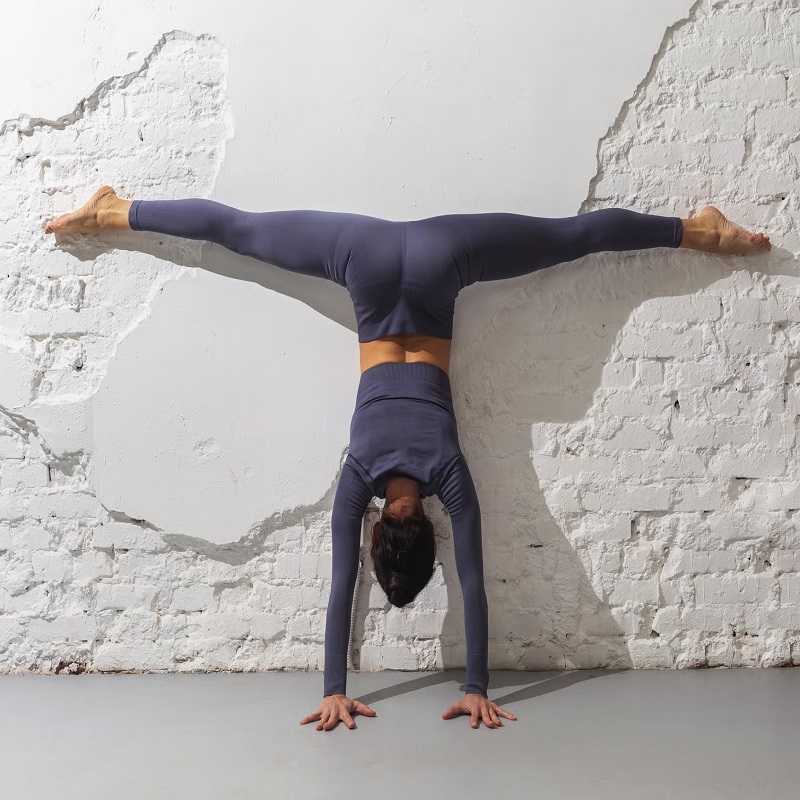
Benefits of Wall Pilates
The benefits of wall pilates extend far beyond traditional workouts. Here are some key advantages to consider when deciding whether to incorporate this practice into your routine:
1. Increased Flexibility
One of the standout benefits of wall pilates is improved flexibility. During wall pilates sessions, you will perform various stretches that promote lengthening in your muscles while utilizing the wall for support. This method encourages deeper stretches, ultimately enhancing your range of motion in the joints.
Research has shown that improved flexibility can significantly reduce muscle stiffness, increase blood flow, and enhance overall athletic performance. Therefore, regular practice can contribute to a more agile and mobile body, making everyday movement easier and more comfortable.
2. Strengthening Muscles
Wall pilates provides an excellent means of strengthening multiple muscle groups simultaneously. Many exercises can target the core, back, arms, and legs, leading to comprehensive muscle engagement. As a result, you can build strength effectively through stabilization and controlled movements.
Moreover, the multifunctional nature of wall pilates means that you can perform exercises that work entire muscle chains rather than isolated muscles. This approach not only saves time but also promotes balanced development throughout your body.
3. Accessibility for All Levels
One of the most significant aspects of wall pilates is its accessibility. Whether you’re just starting your fitness journey or looking to deepen your practice, wall pilates caters to all skill levels. You can easily adapt exercises to suit your abilities and progress at your own pace.
For those recovering from injuries or medical conditions, wall pilates offers a low-impact alternative to more strenuous forms of exercise. Additionally, modifications can be made to accommodate different fitness levels, ensuring everyone can benefit from this versatile practice.
4. Improved Balance and Coordination
As you work on wall pilates, your balance and coordination will improve significantly. Engaging in exercises that challenge stability helps strengthen the small muscles surrounding the joints, enhancing overall body control. This improvement in coordination can be invaluable, particularly as we age.
Incorporating balance-focused movements into your routine not only benefits your performance in sports and activities but also minimizes the risk of falls. Therefore, even participating in wall pilates a few times a week can yield substantial benefits in everyday life.
5. Reduced Stress and Anxiety
Like traditional pilates and yoga, wall pilates emphasizes mindful movement and breath awareness. This focus can have calming effects on the nervous system, aiding in reducing stress and anxiety levels.
During wall pilates sessions, you can develop a greater connection between your mind and body. By practicing breath control, you may find that your overall well-being improves, fostering a sense of tranquility that extends beyond the workout.
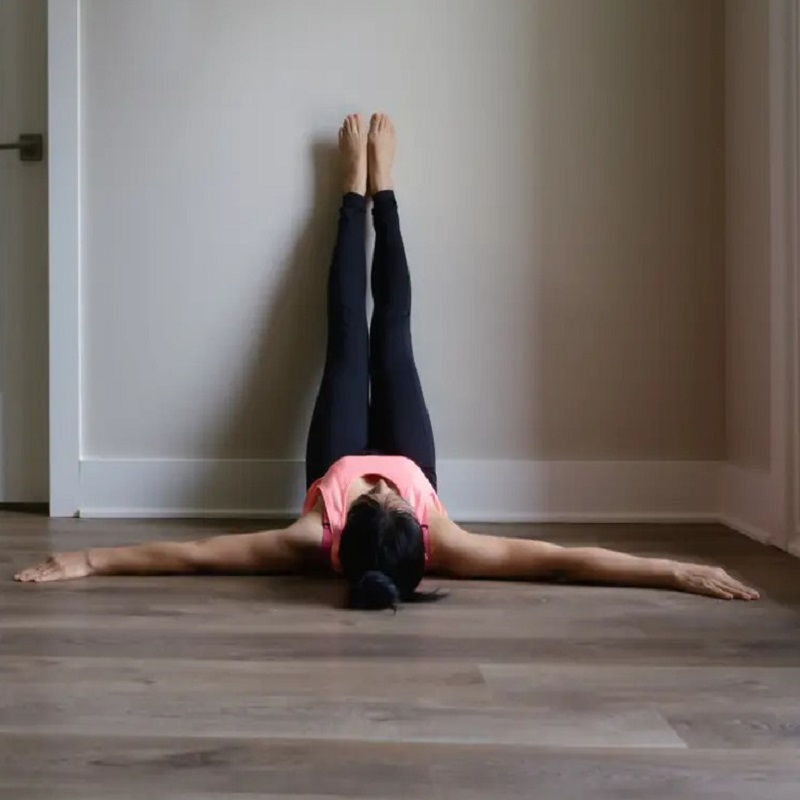
Effective Pilates Exercises
Now that we’ve discussed the fundamentals and benefits, let’s dive into some effective wall pilates exercises that you can incorporate into your routine. These exercises cater to all fitness levels and can be performed at home or in a studio.
1. Wall Squats
Wall squats are a fantastic way to engage your legs and glutes:
- Position yourself with your back against the wall and feet hip-width apart.
- Slowly slide down the wall into a seated position, ensuring that your knees do not extend beyond your toes.
- Hold this position for 30 seconds, focusing on squeezing your glutes and engaging your core.
- To increase difficulty, you can hold weights or extend one leg forward while maintaining the squat.
2. Wall Push-ups
Utilizing the wall for push-ups can improve your upper body strength:
- Stand facing the wall, about two steps away, and place your hands on it, a little wider than shoulder-width apart.
- Step back slightly and lower your body toward the wall while keeping your body straight.
- Push back to the starting position, focusing on engaging your chest and triceps.
- Aim for three sets of 10-15 repetitions, adjusting distance from the wall for desired difficulty.
3. Wall Roll Down
This exercise enhances spinal articulation and flexibility:
- Stand tall with your back against the wall and feet hip-width apart.
- Begin by tucking your chin in and rolling down vertebrae by vertebrae, allowing your spine to flex forward.
- Continue rolling down until your fingertips touch the ground, engaging your core throughout the movement.
- Slowly roll back up, ensuring each vertebra returns to the wall in a controlled manner.
4. Wall Leg Lifts
Wall leg lifts target the core and hip flexors:
- Stand with your side against the wall and place your hand on the wall for support.
- Lift the leg closest to the wall straight out to the side, keeping it extended.
- Hold for two seconds at the top and then lower back down.
- Perform 10-15 repetitions on each side, focusing on keeping your torso stable while lifting the leg.
5. Wall Bridge
A bridge against the wall activates the glutes and core while maintaining stability:
- Lie on your back with your feet flat against the wall and knees bent at a 90-degree angle.
- Press your feet into the wall and lift your hips up towards the ceiling, squeezing your glutes at the top.
- Lower your hips back down and repeat for 10-15 repetitions, ensuring that your shoulders remain relaxed.
6. Wall Chest Stretch
This stretch promotes upper body flexibility:
- Stand with your side against the wall and extend the arm closest to the wall to shoulder height.
- Rotate your body away from the wall while keeping your hand on the wall to deepen the stretch.
- Hold for 15-30 seconds each side, focusing on taking deep breaths to relax.
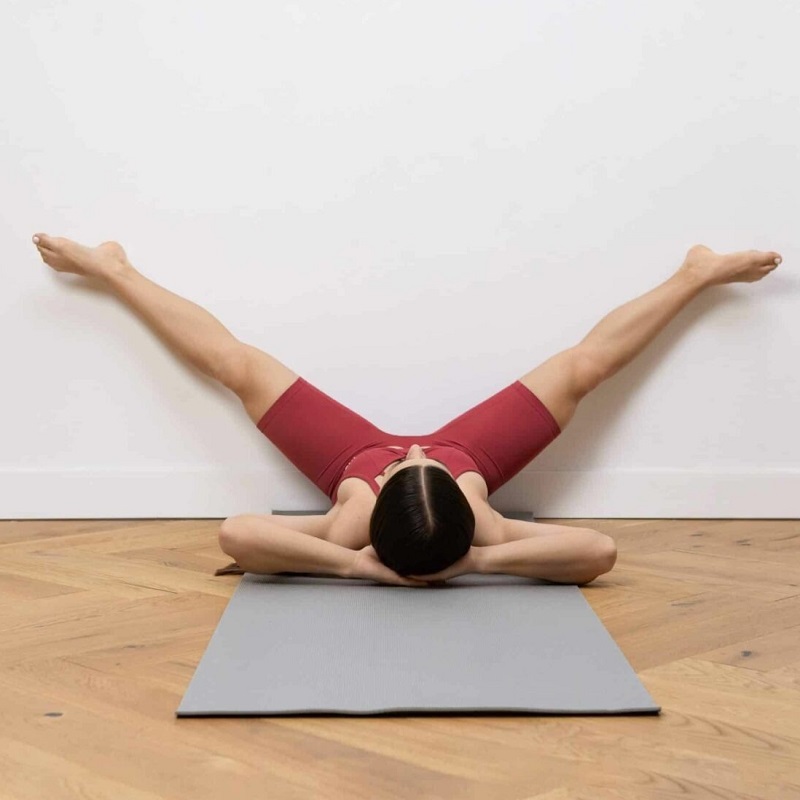
Tips for Maximizing Your Practice
Achieving the best results from your wall pilates routine requires attention to detail. Here are some tips to help maximize your practice:
1. Focus on Control
Pilates is centered around controlled movements. Therefore, you should ensure you focus on form and technique rather than speed to get optimal benefits from each exercise. Quality over quantity is key in pilates, as controlled movements lead to more effective muscle engagement.
2. Incorporate Breath
Always remember to breathe deeply and evenly throughout your practice. Breath awareness enhances core engagement and promotes relaxation. Moreover, coordinated breathing helps create a rhythmic flow, allowing you to move more efficiently and intentionally.
3. Listen to Your Body
Pay close attention to your body’s signals. If you feel discomfort or pain, stop the exercise and reassess your form or depth of movement. It’s vital to differentiate between any discomfort linked to effort and pain indicating a potential injury.
4. Set Realistic Goals
Setting achievable goals contributes to a positive experience. Start with simpler exercises and gradually progress as your strength and flexibility improve. Establish a routine that fits your schedule and fitness level to help you stay motivated.
5. Stay Consistent
To experience the true benefits of wall pilates, regular practice is essential. Aim for at least two to three sessions a week, incorporating a variety of exercises to keep your routine fresh and exciting. Consistency fosters continual improvement and helps embed the concepts into your muscle memory.
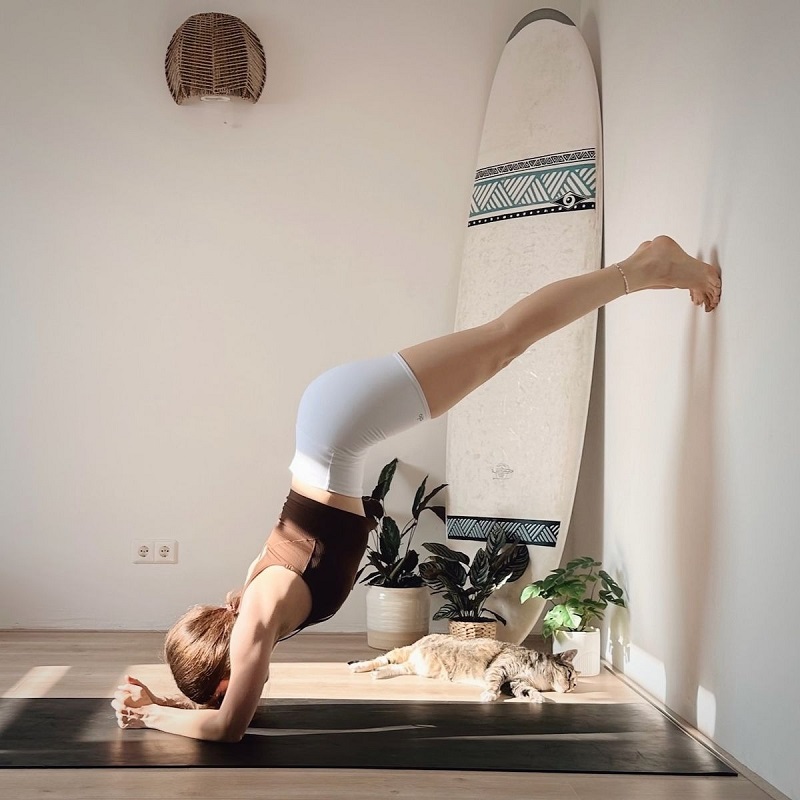
Getting Started with Wall Pilates
If you’re a beginner to wall pilates, here’s how to get started effectively:
1. Find a Suitable Space
Choose a clean and safe area with a bare wall where you can comfortably perform exercises. Ensure you have enough room to move freely and safely, as you will require space to stretch and transition between movements.
2. Invest in Equipment
While wall pilates often requires minimal equipment, consider investing in a mat for added comfort during floor exercises. You may also wish to use small props like resistance bands or light weights for additional challenges. These accessories can contribute to a variation in your routine.
3. Look for Classes or Online Resources
Whether group classes or online tutorials, search for resources specifically focused on wall pilates. Learning from experienced instructors provides valuable insights into proper technique and form, enhancing your practice.
4. Stay Open-Minded
As you embark on this new journey, maintain an open mind. Embrace the learning process and give yourself time to adapt to this unique method. Remember that pilates is about self-discovery and personal progress, so celebrate your achievements along the way.
5. Track Your Progress
Keeping a journal or app to track your progress can make a significant difference. Note your exercises, improvement in strength and flexibility, and any physical changes you notice. This practice not only adds motivation but also helps you see how far you’ve come.
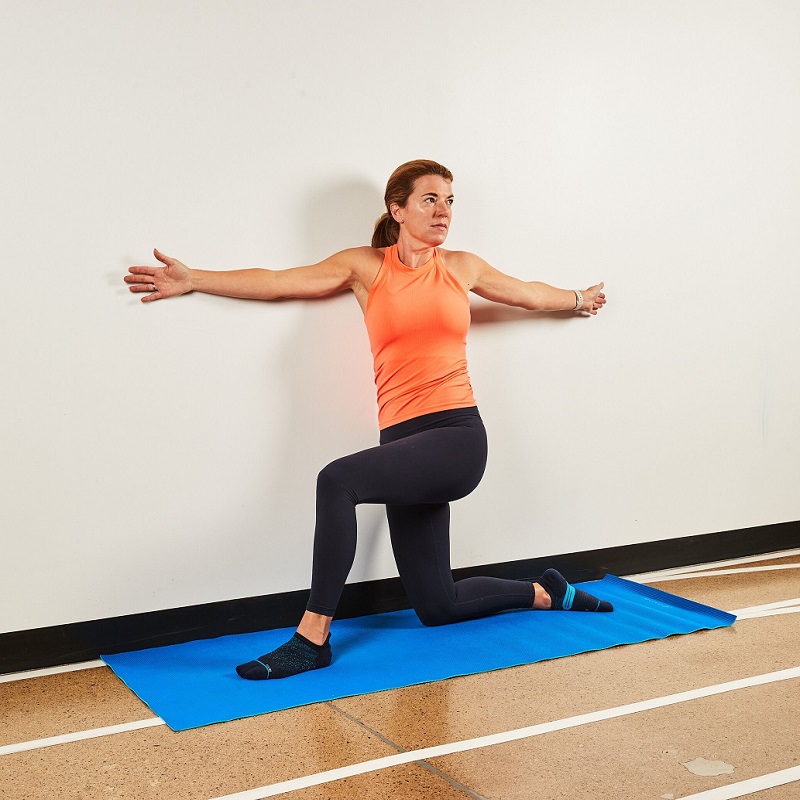
Conclusion
In conclusion, wall pilates is an incredibly beneficial practice that can enhance strength, flexibility, and overall well-being. By utilizing the wall as support, you can effectively engage your muscles while ensuring proper alignment and stability. This accessibility makes it suitable for everyone, regardless of fitness level—whether you are just starting your fitness journey or looking to deepen your practice.
By incorporating various exercises and keeping in mind the tips provided to maximize the benefits, you will improve your physical abilities and experience a sense of accomplishment after each session.
So, gather your equipment, find a wall, and start your wall pilates journey today! It could just be the revitalizing change you’ve been looking for in your fitness routine. With consistent practice and dedication, you will uncover the many advantages of wall pilates, leading to a healthier and more balanced lifestyle.
